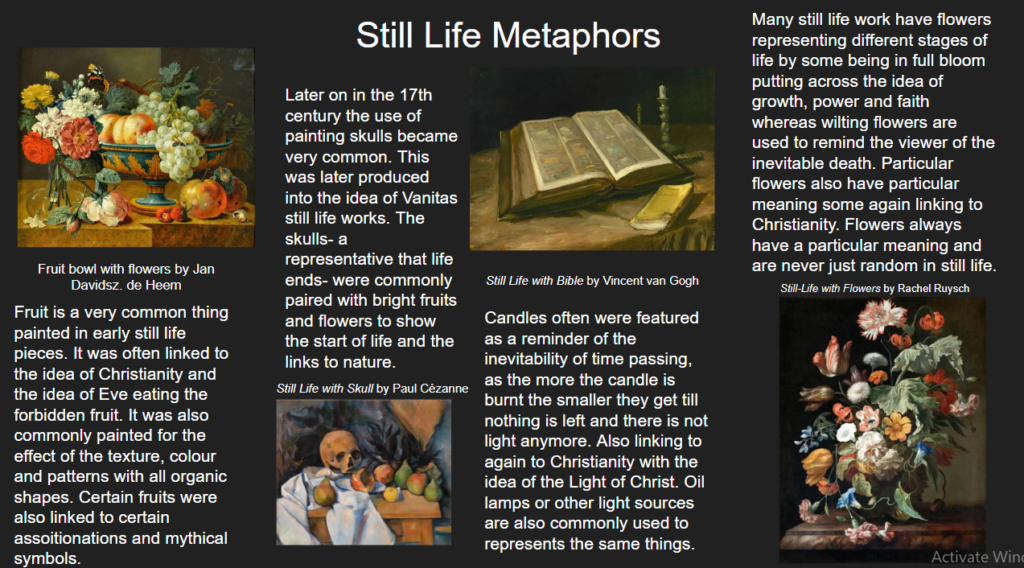Jess Jones

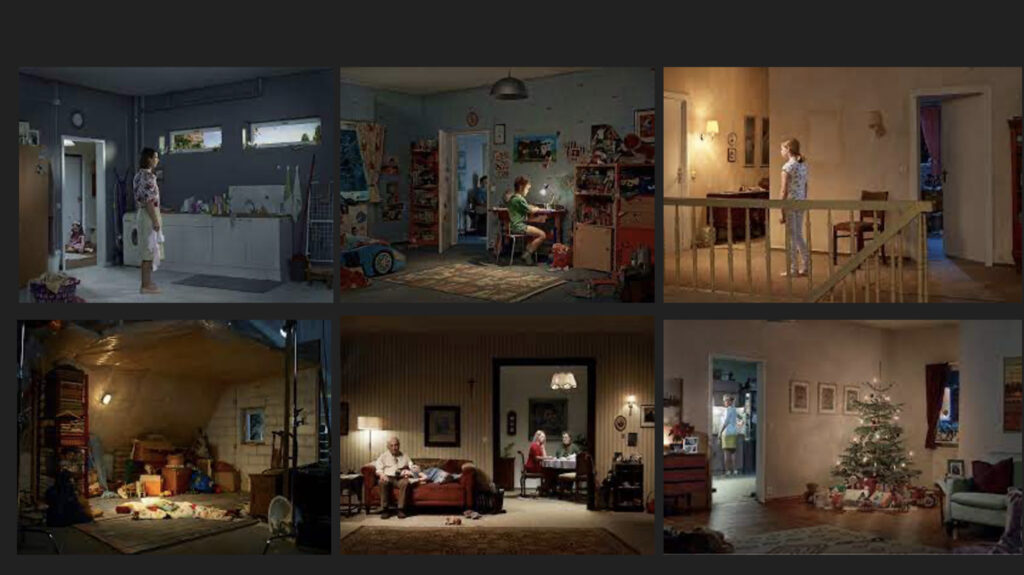
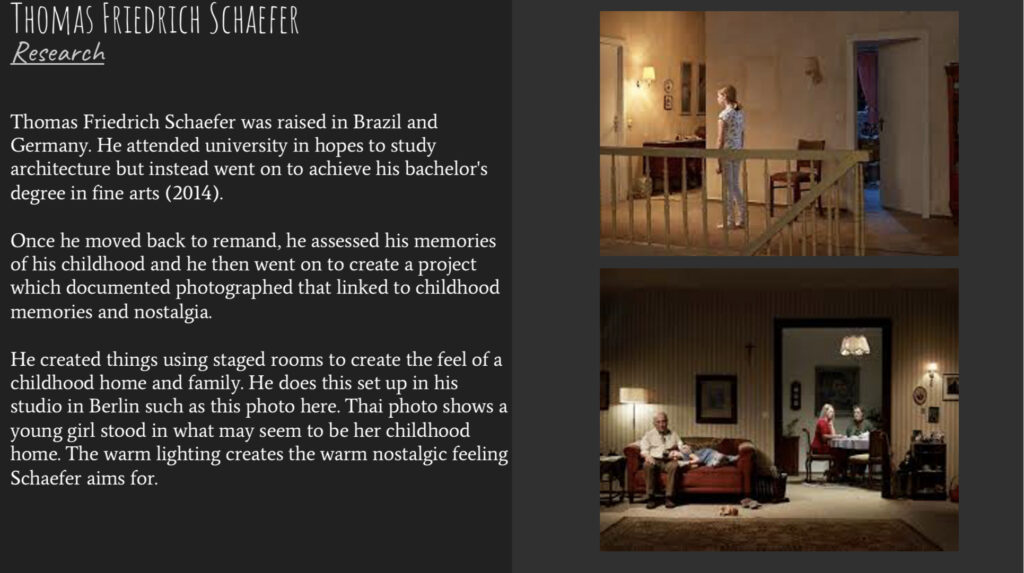
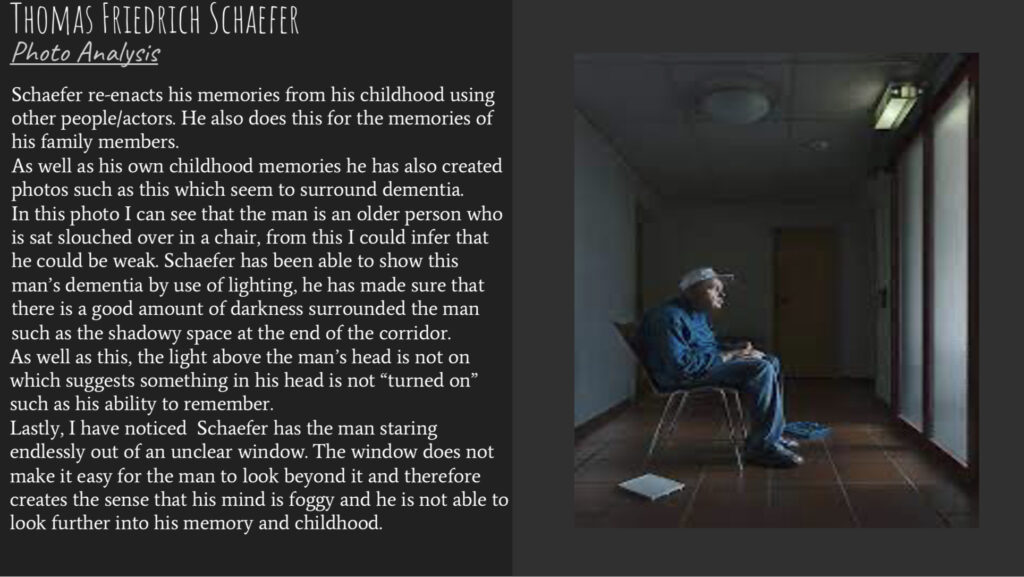



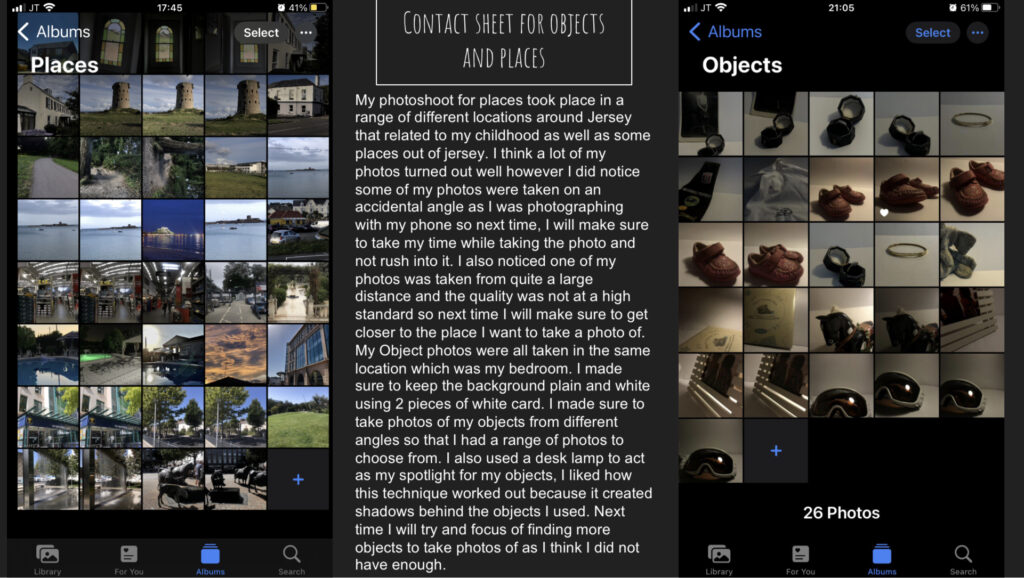
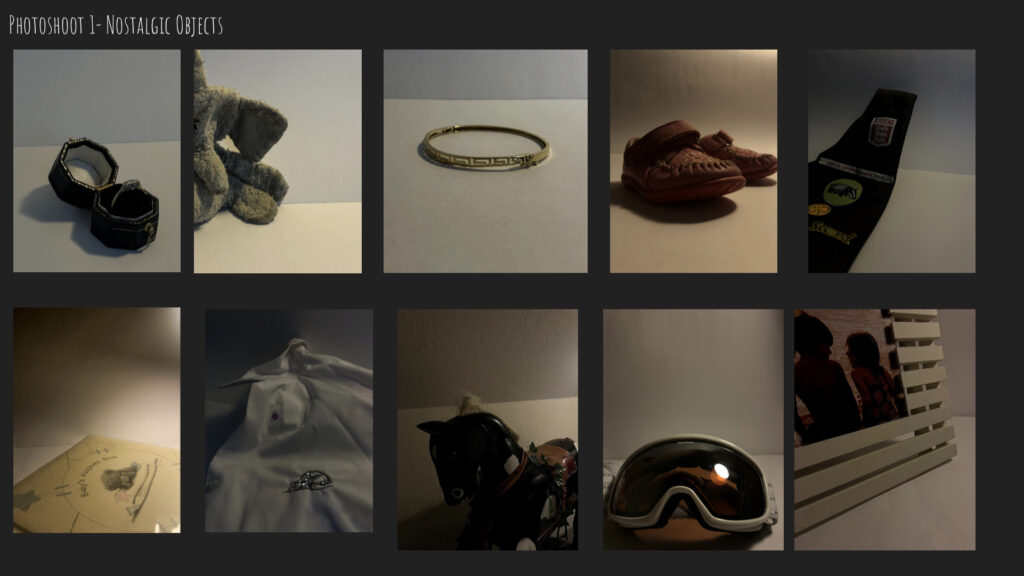
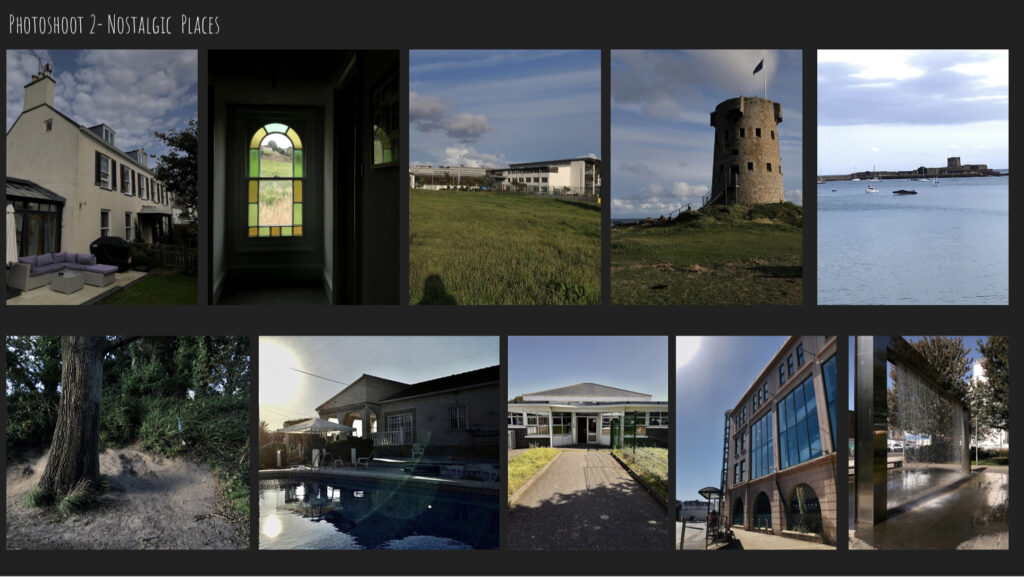
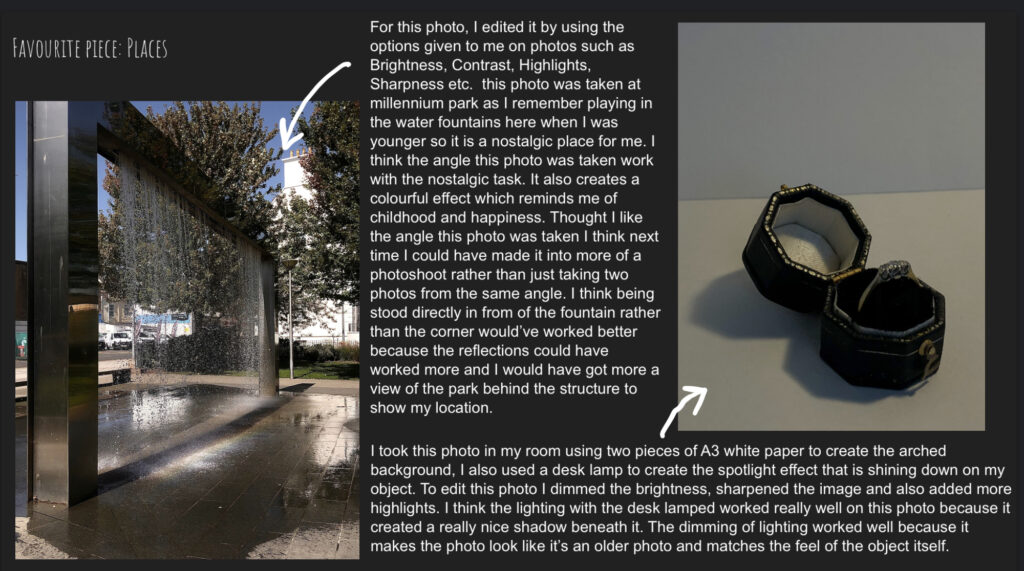
Jess Jones
















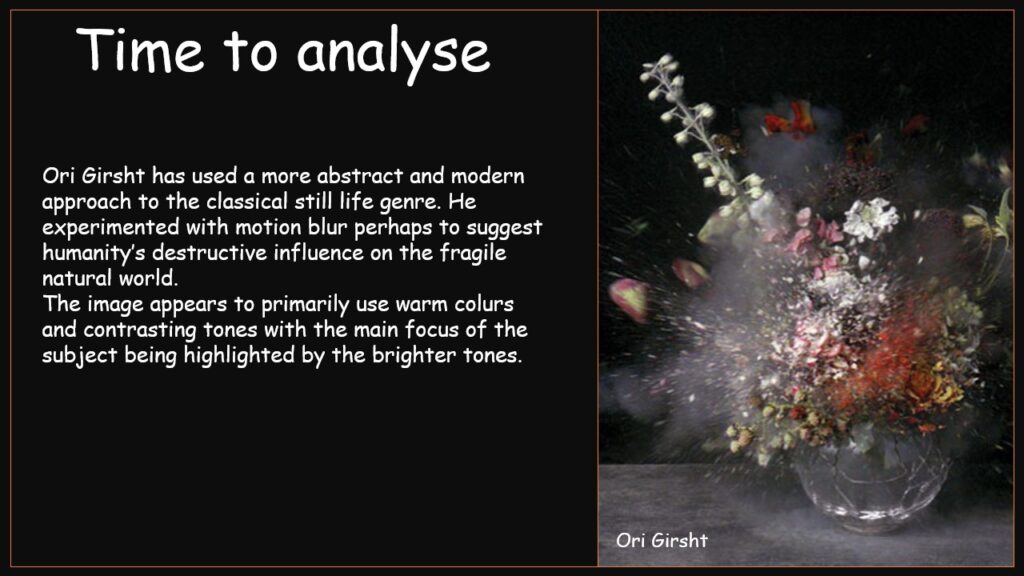
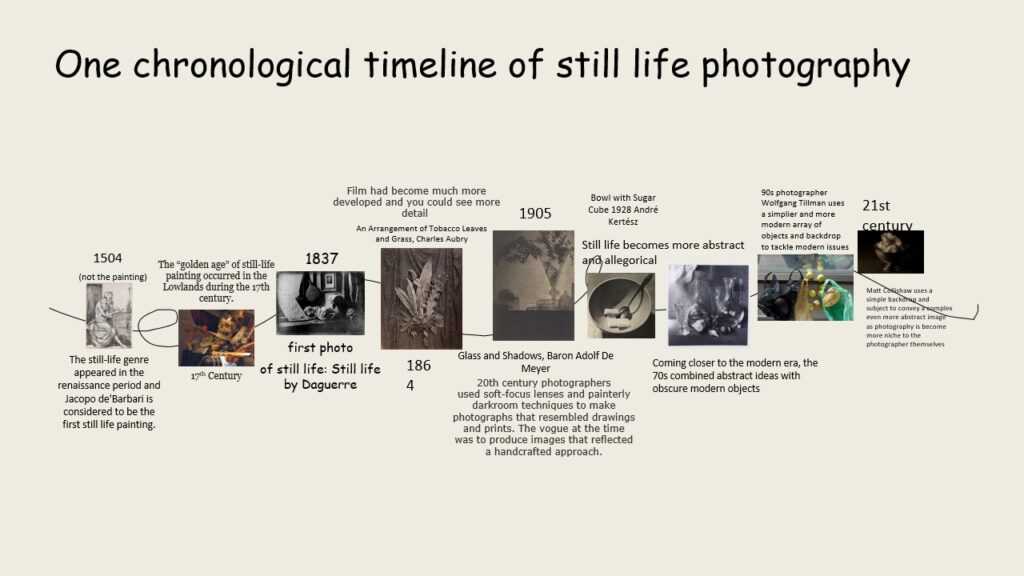

There are seven basic elements to photographic art known as:
LINE:
Definition: A straight or curved geometric element that is generated by a moving point and that has extension only along the path of the point
Lines can be straight, curved or a combination of both. They can go in any direction such as vertical or horizontal and can become solid, dashed or implied.
Vertical or horizontal lines can convey/suggest a sense of stability or a static feel in a photograph.
Horizontal lines can indicate distance (e.g. a horizon line) whilst vertical lines can indicate height, balance or strength.
Diagonal lines create a more dynamic and dramatic image.
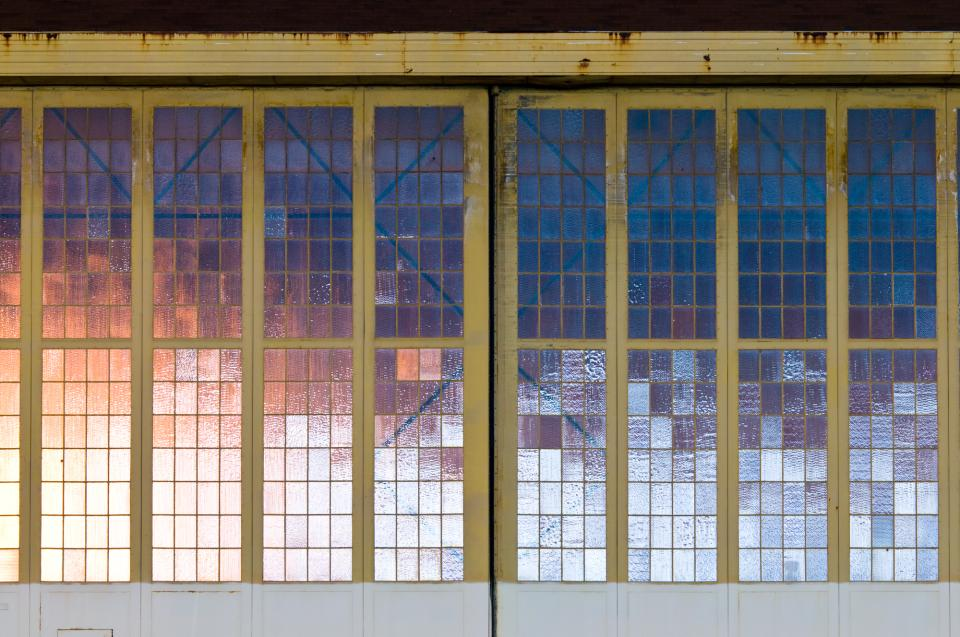
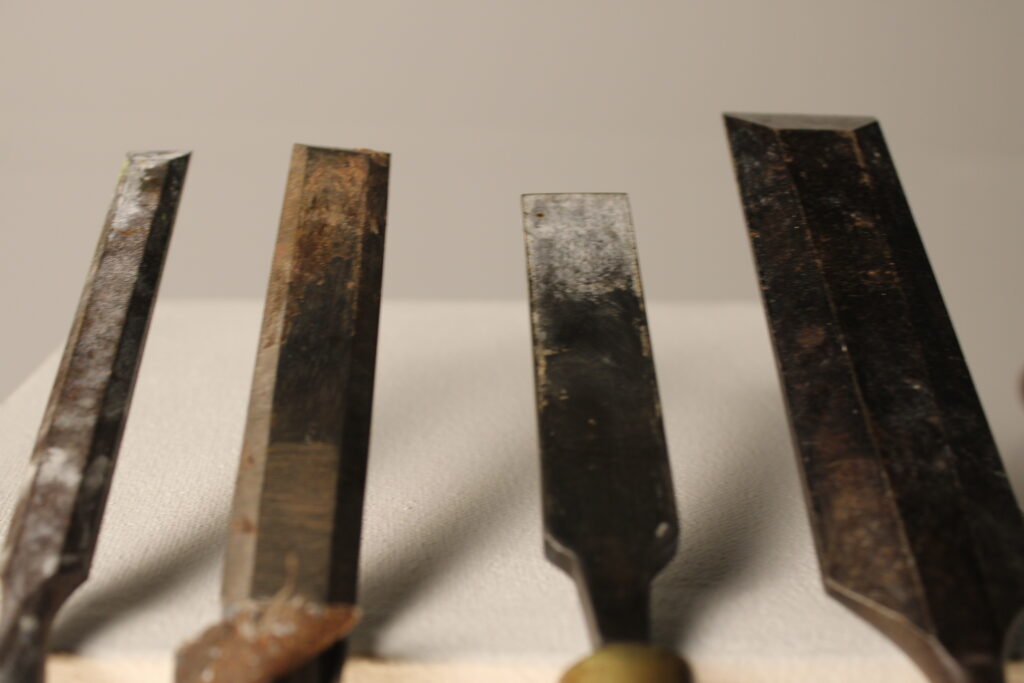
My image^
SHAPE:
Definitions:
1. the visible makeup characteristic of a particular item or kind of item
2. spatial form or contour
3. a standard or universally recognized spatial form
Sometimes a familiar shape can transform into an unfamiliar or unrecognizable shape based on the viewpoint of the photographer. For example, a lightbulb can have an image taken of it from the top, and appear to be a circle.
The two main types of shapes in an image are:

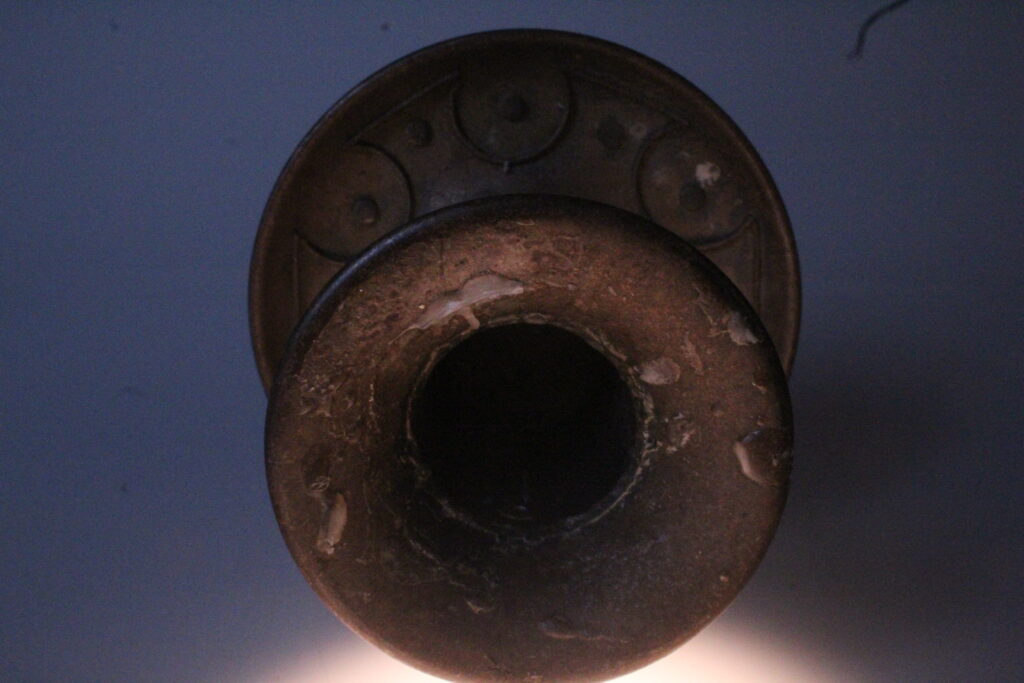
My image^
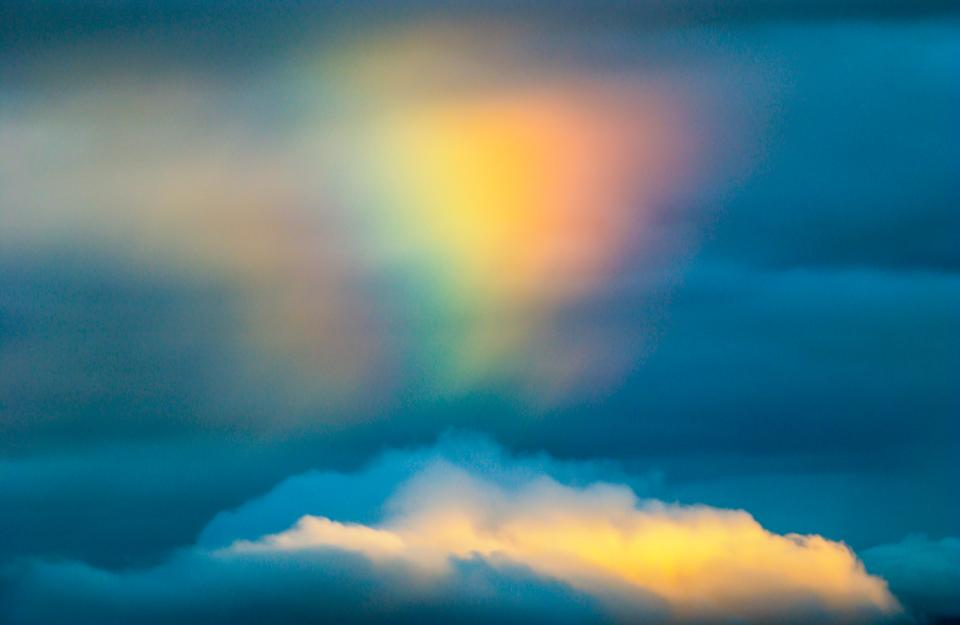
FORM:
Definition: the shape and structure of something as distinguished from its material
Form is three-dimensional. Form has overall height, width, and depth.
Form can be geometric or organic, just like shape.
Form creates positive and negative space. Positive is the space that is occupied by forms, but negative space is the empty part that remains.
It captures tonality changes and cast shadows of an object, the direction and intensity of the light relative to that object can change how we perceive the depth of the object in a photograph.
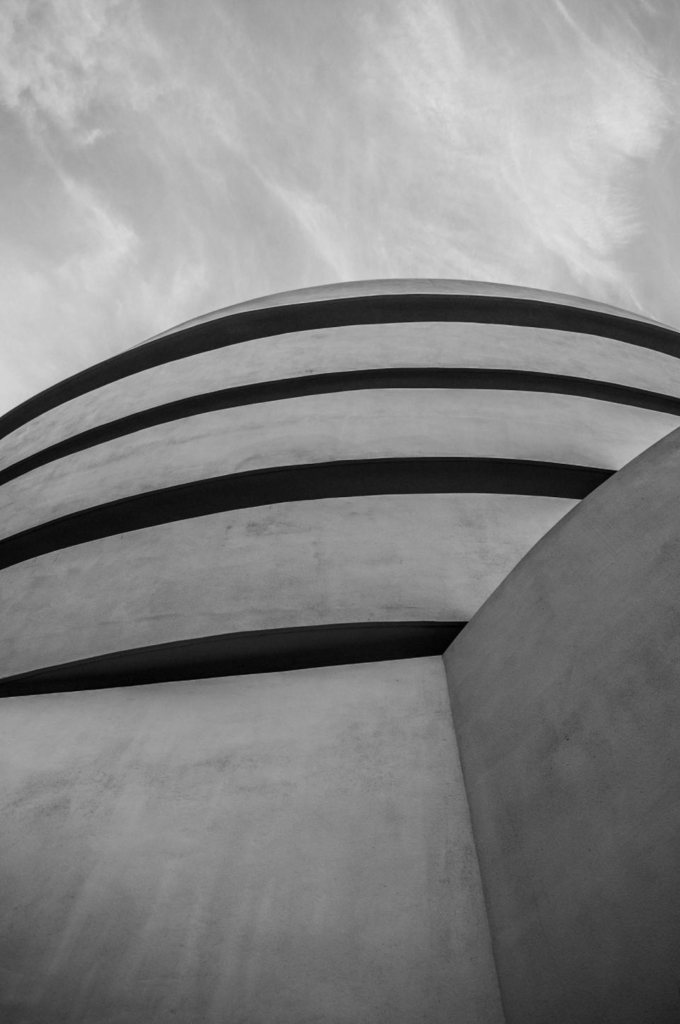
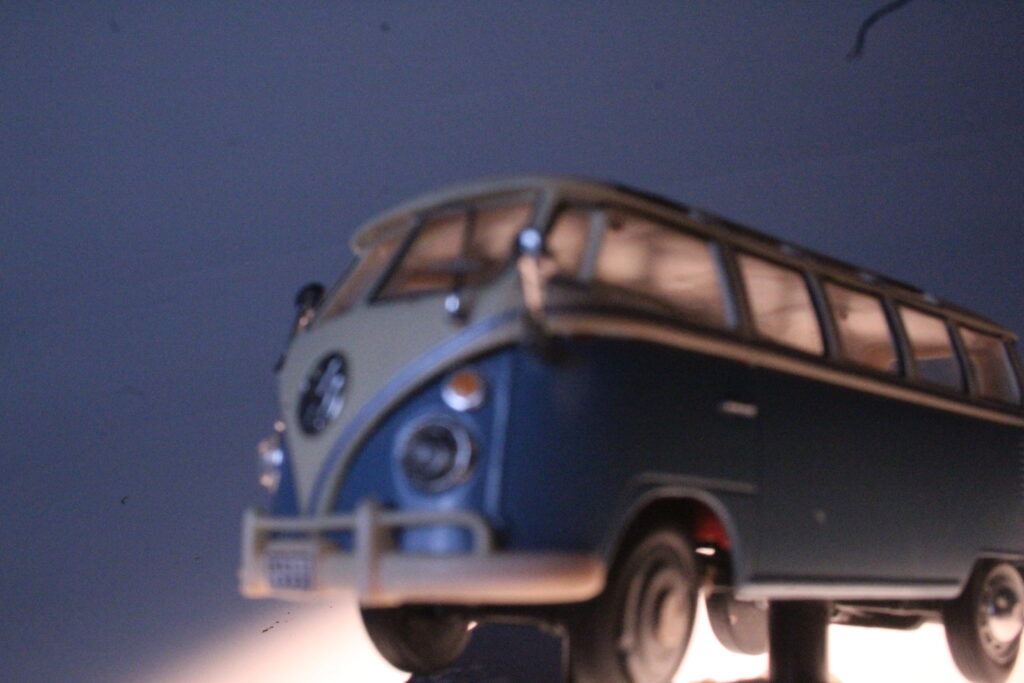
My image^
TEXTURE:
Definition: the visual or tactile surface characteristics and appearance of something
Texture in an image is shown through tone variations. this shows us whether the object would feel smooth, rough, bumpy, shiny, slimy, etc.
Patterns also indicate texture, and we imply the texture and associate it with the familiar. Depending on the angle of the lighting, the appearance of texture can change.
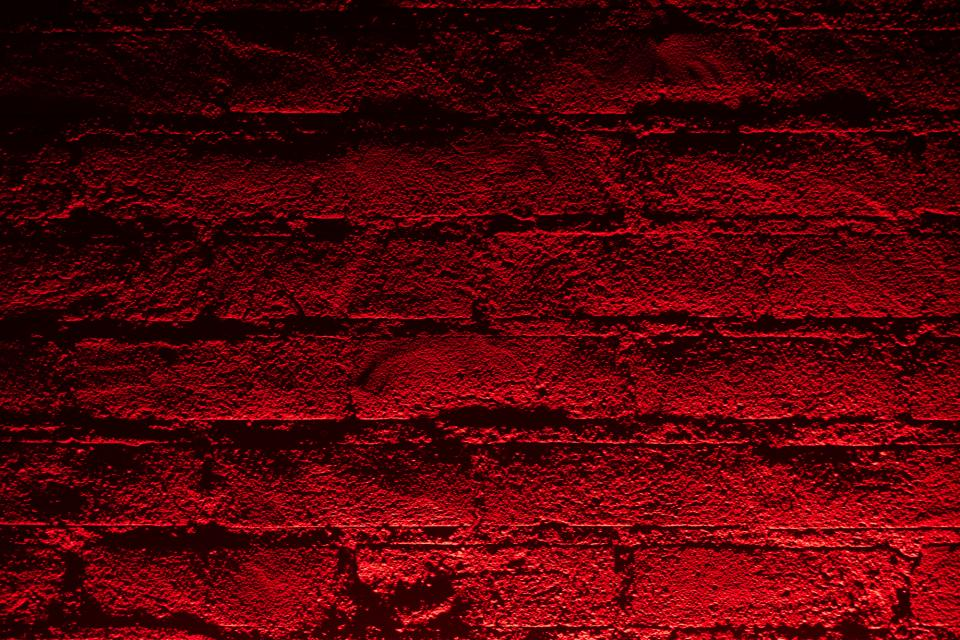
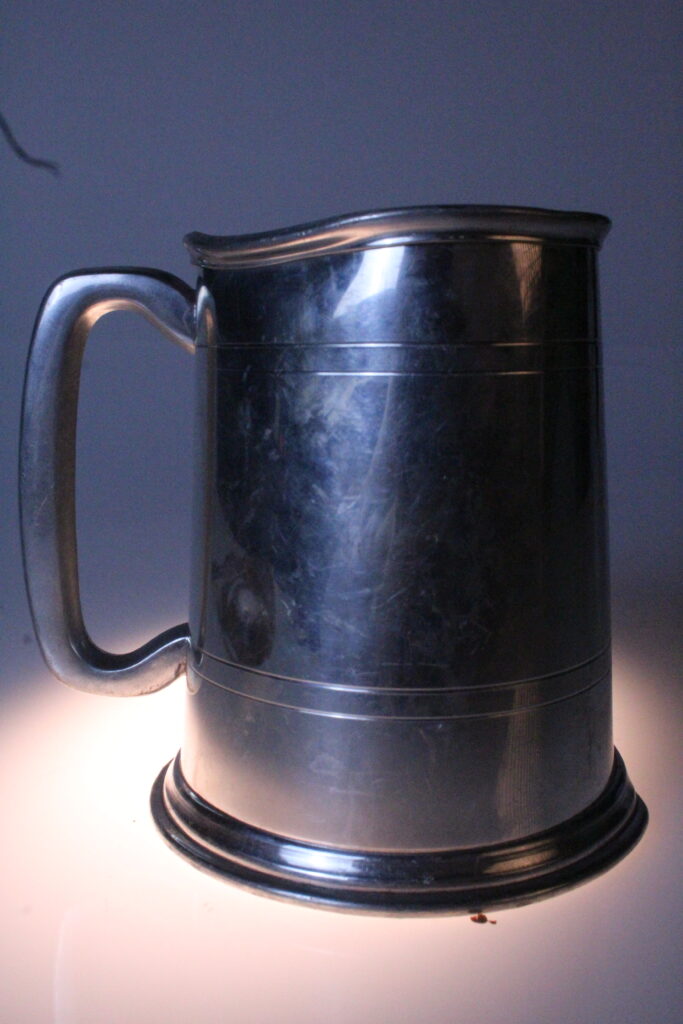
My image^
COLOUR:
Definitions:
Colour has three properties: hue, value, and saturation.
Colours in an image can be bold and bright which are eye-catching and stand out more.
However, muted colours that are dulled down can also make a powerful image because it makes the image seem more sentimental.
Harmonic colours (colours which complement each other) can create distinct feelings that the photographer wants to express.
We live in a world of colour. The light from the sun, and from artificial sources, is absorbed and reflected by different objects, and it is this reflected light that we see as colour.

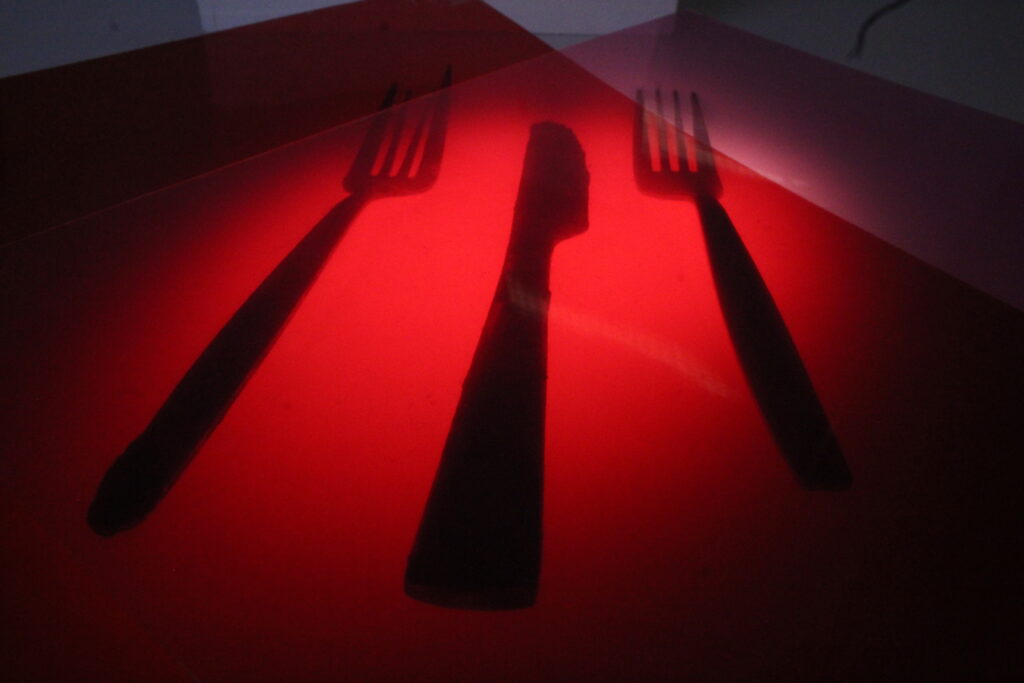
My image^
SIZE:
Definition: physical magnitude, extent, or bulk : relative or proportionate dimensions
Size in a photograph is relative and can be an illusion.
When a familiar object appears in the frame of a photograph (car, basketball, streetlamp, etc.) we immediately get a feel for the scope of the entire scene. Without a familiar object in the image, we struggle to determine the scale shown in the photograph.
The camera, lens, and print can render large objects small, or small objects large. Even objects familiar to our eyes that are usually small can be rendered in a photograph to become huge and show more detail that we don’t usually see, while things we know to be enormous are rendered small.
With a casual snapshot, size might not be something one even considers in the composition. Paying attention to size can create unique images.
This emphasizes the object in the image.
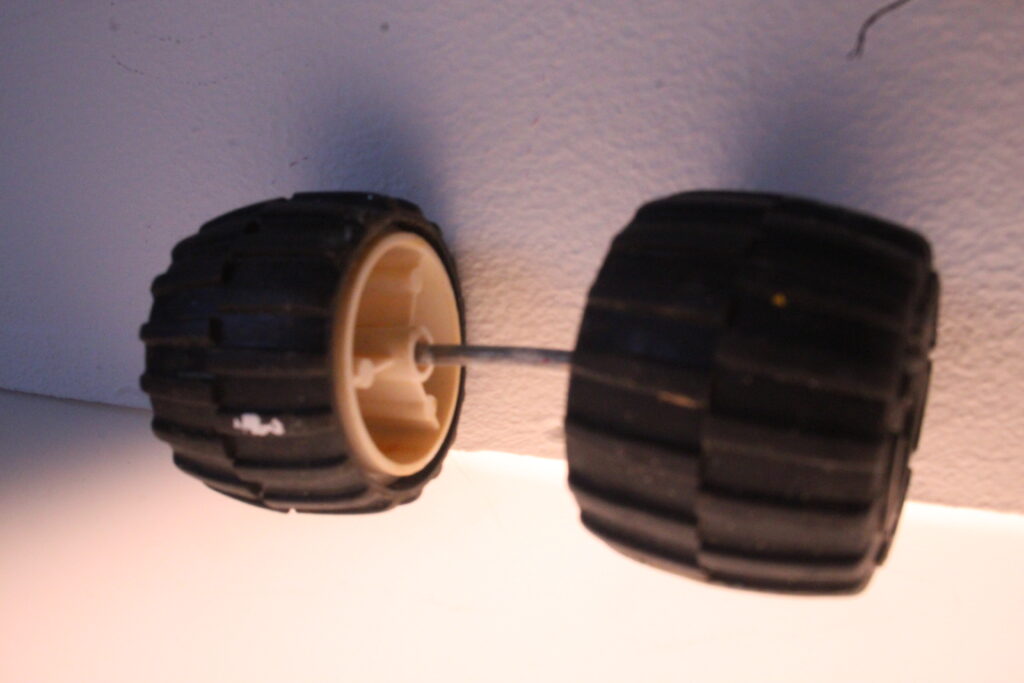
My image^
DEPTH:
Definition: the direct linear measurement from front to back
Depth is one of the most compelling elements in a photograph.
Unless you are photographing perpendicular to a blank and smooth wall, your image will have depth. Depth is provided by our visual cues.
Leading lines create a linear perspective. this means when lines lead away from the camera, they converge at the end to create depth. An example of this is taking an image of train tracks.
Texture gradient shows depth. For example, if you took an image of a brick road. The closer the bricks are, the more details they will have whereas the ones with less details will give us the sense that they are further away.
Also size diminution. This means the smaller an object is in a photograph, the more distant it appears, assuming the viewer is familiar with the size of the object in question.
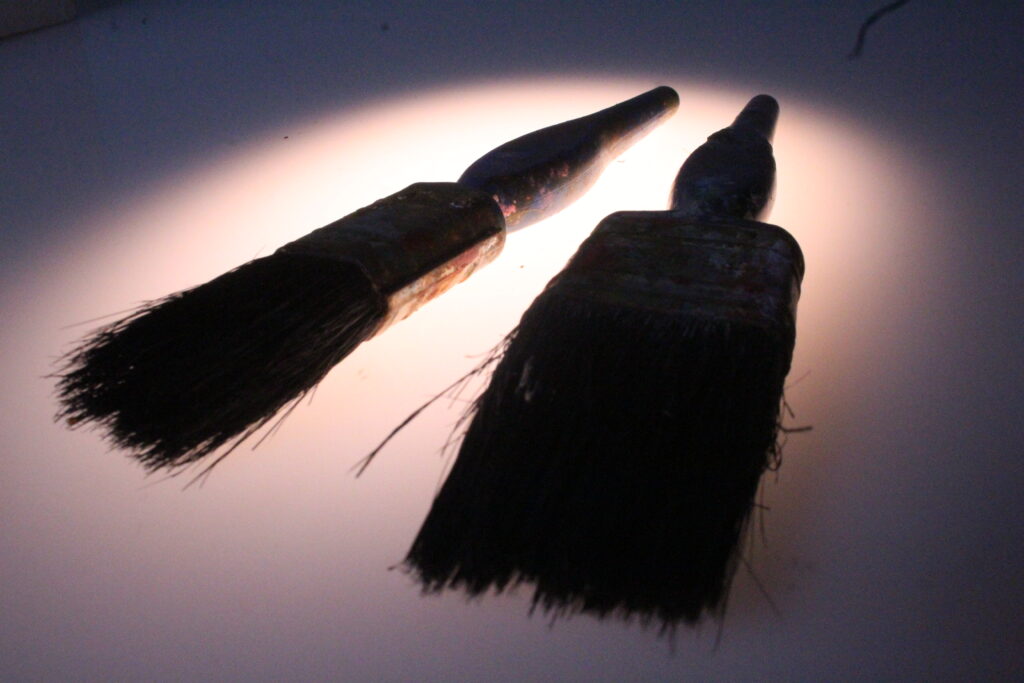
My image^


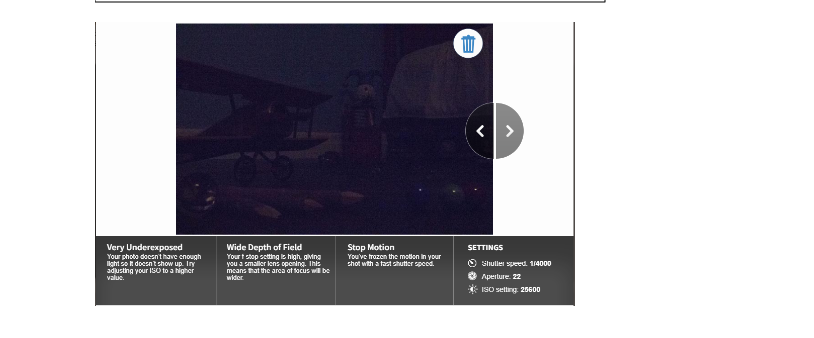

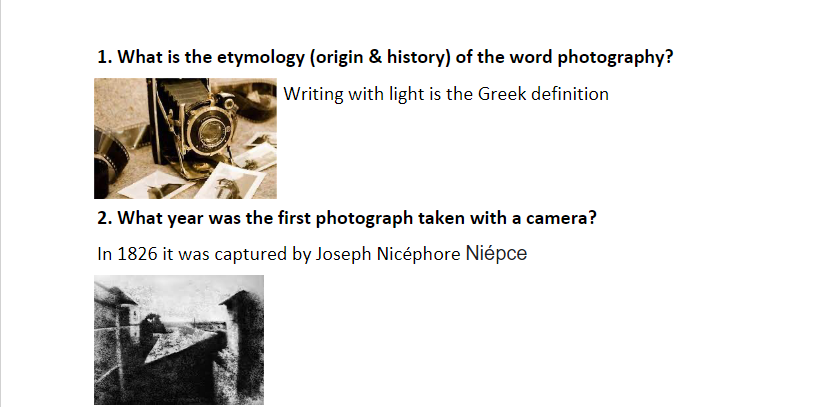
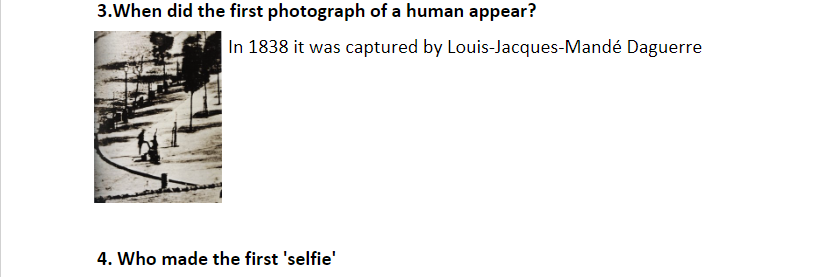


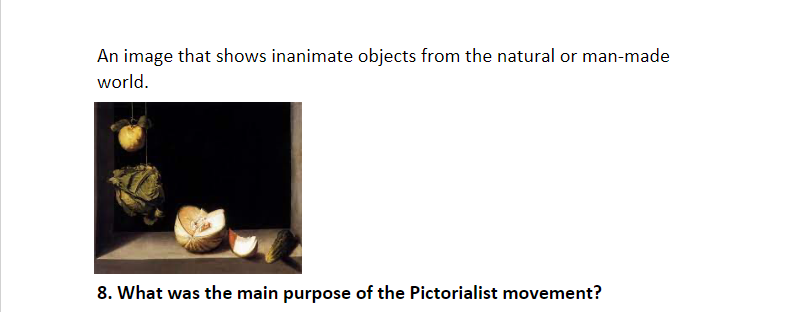

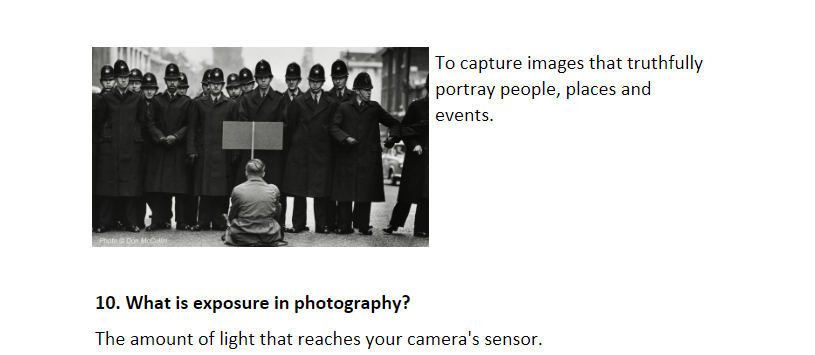
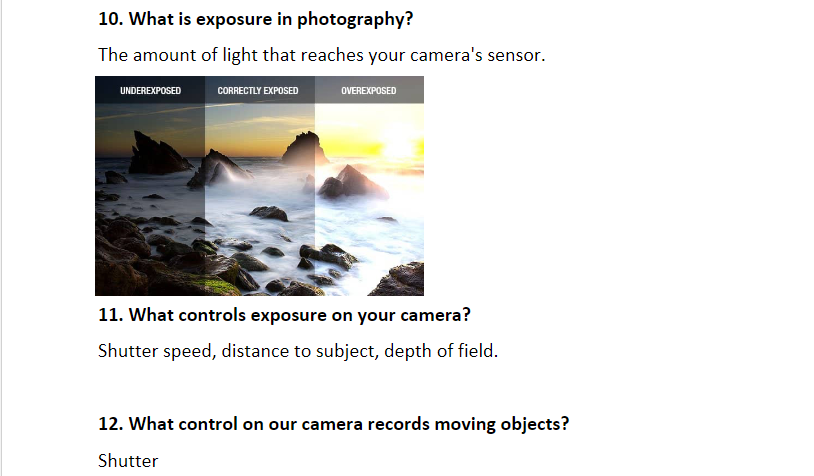

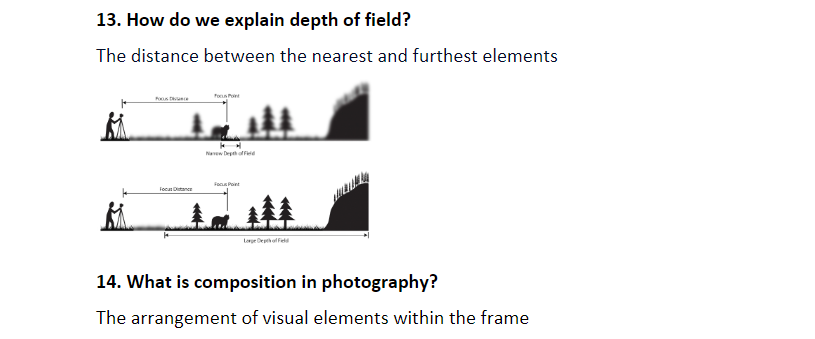
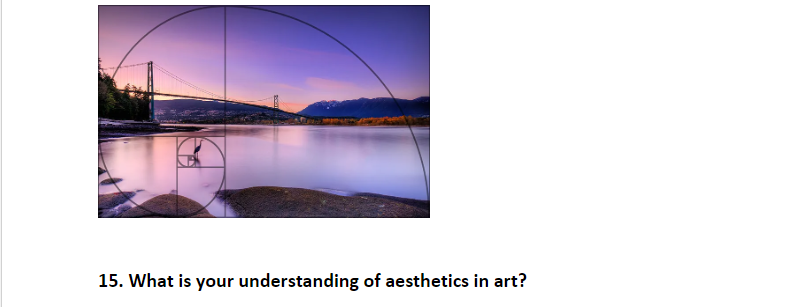
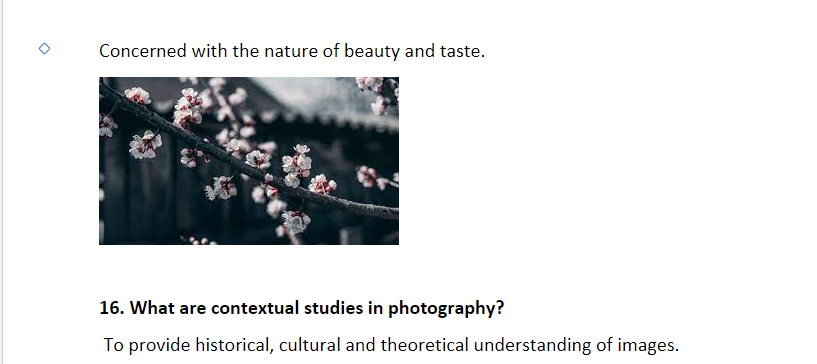
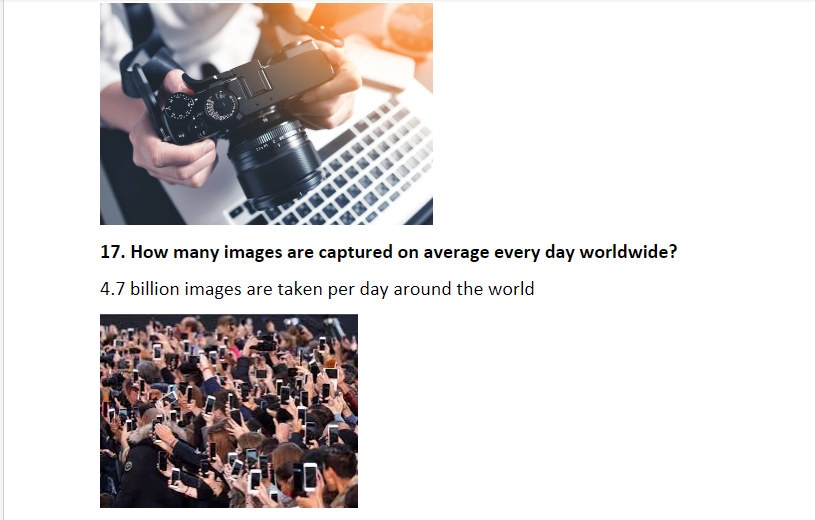
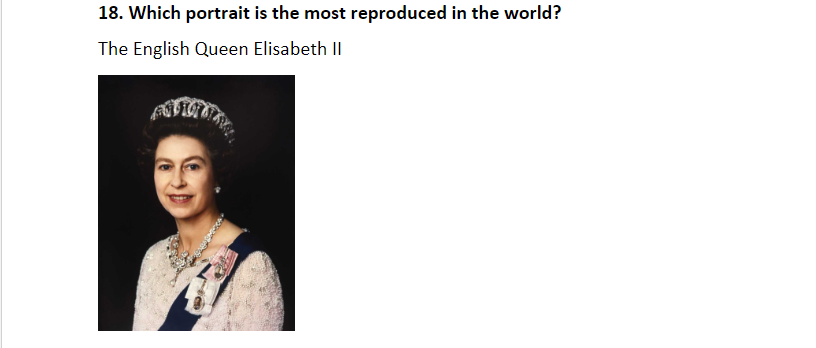

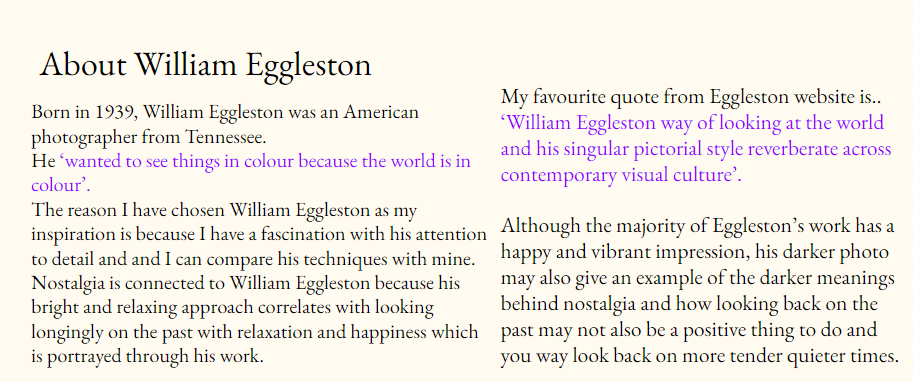

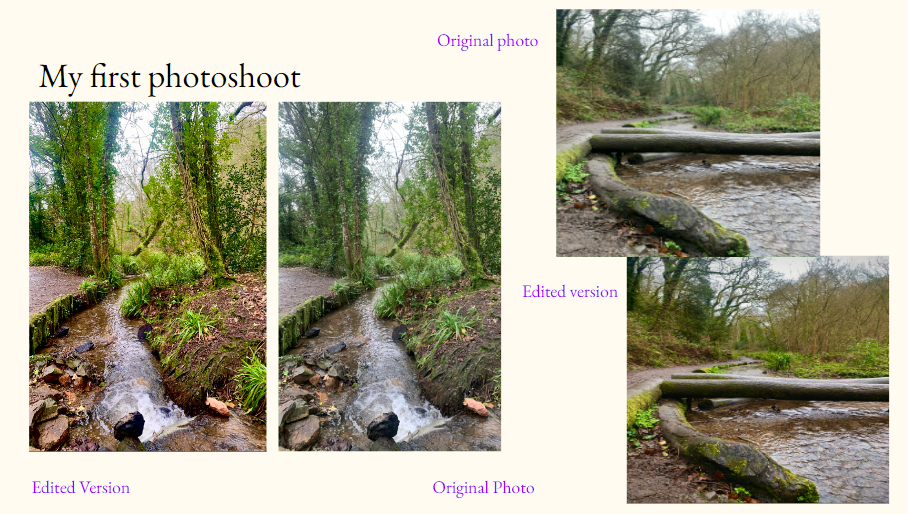
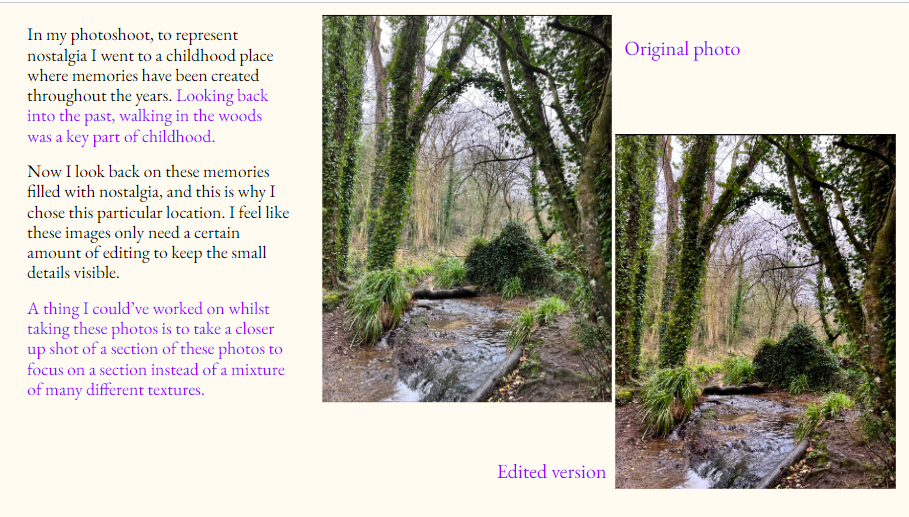
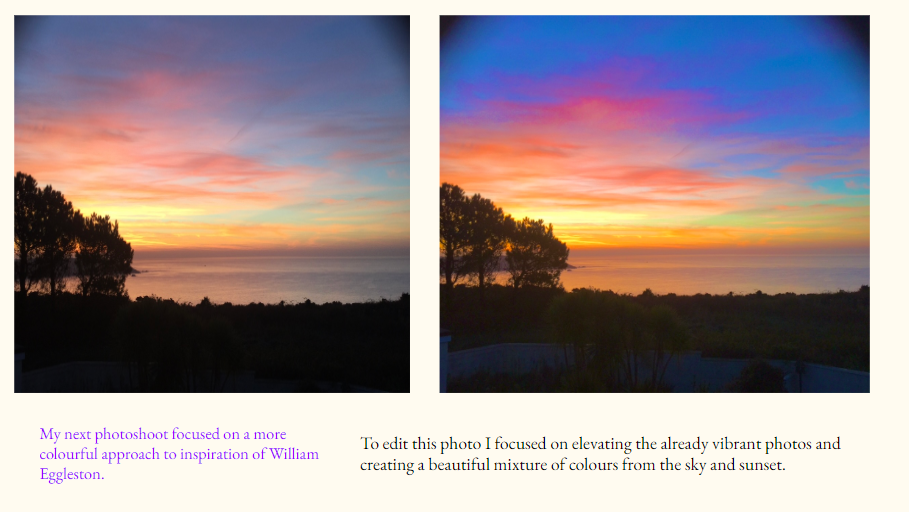
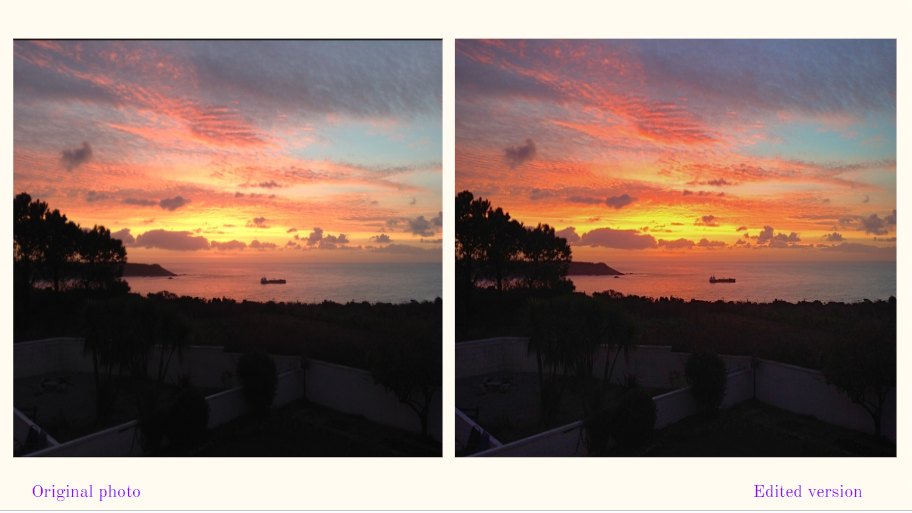
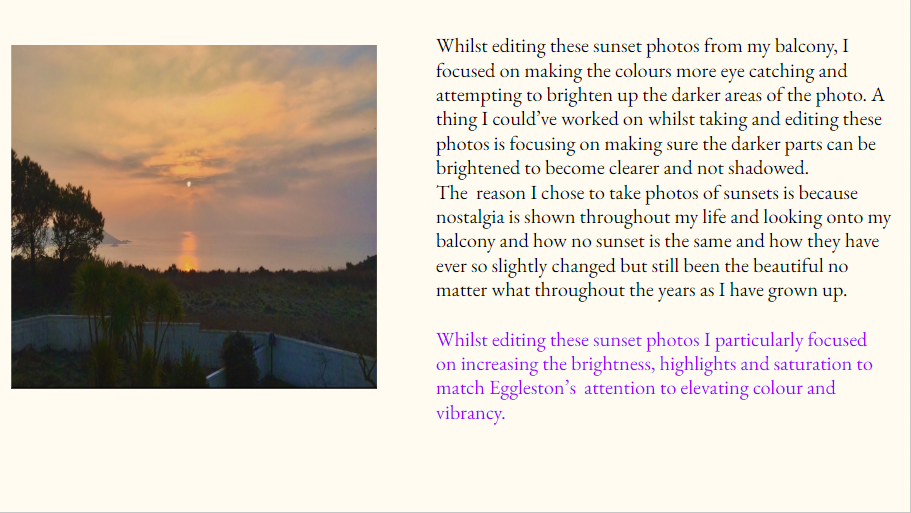


My understanding of the settings used manually is that the aperture (will affect the shutter speed and the depth of field). As the aperture increases the background comes more into focus.


ISO (increasing it makes the camera sensor more sensitive to the light). Enables the photographer to use a faster shutter speed/ higher aperture. In low light you can increase the ISO too make the low light photograph more visible/ good exposure.
Exposure Settings:
The final check before you snap a picture. At a glance the exposure setting will tell you how our picture will turn out (based on the aperture, shutter speed settings and ISO settings. It works as a guide and exposure is a matter of personal preference.



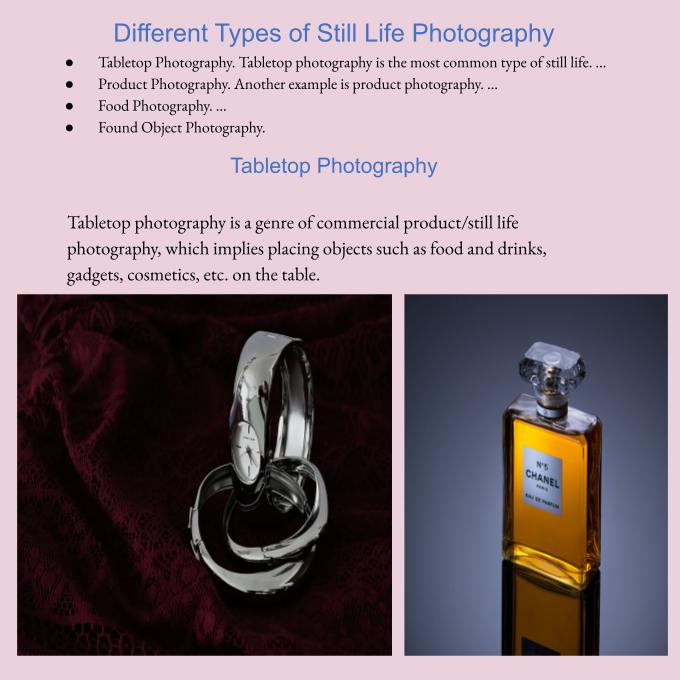

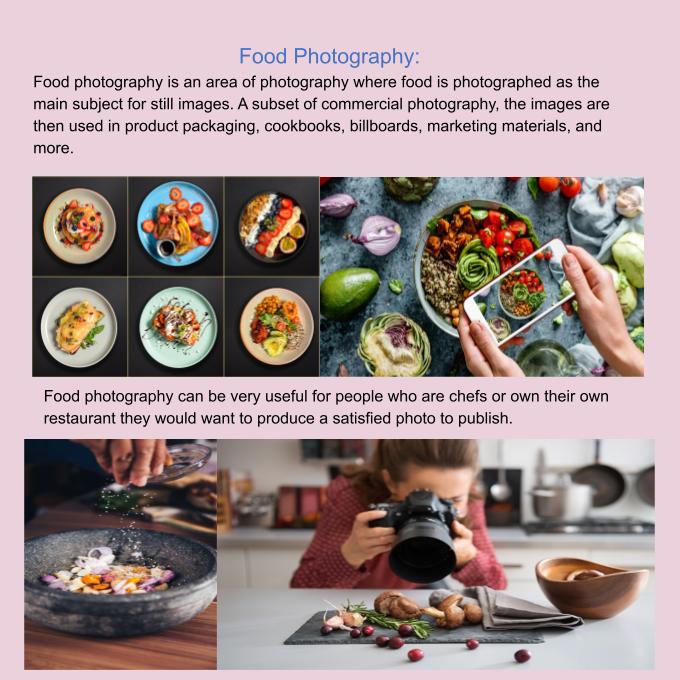
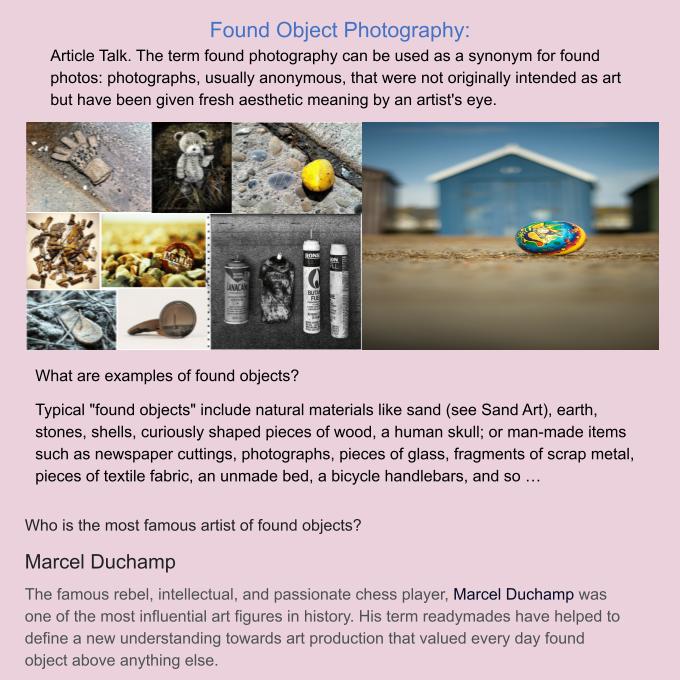
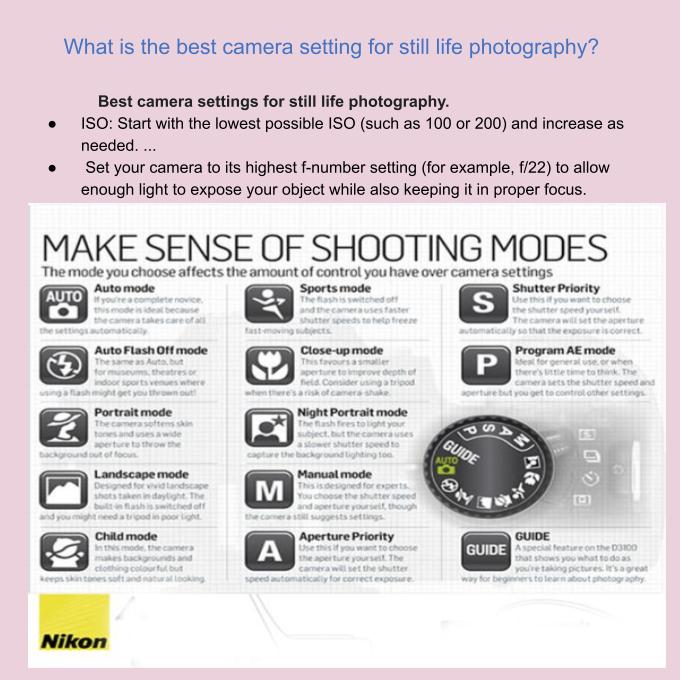
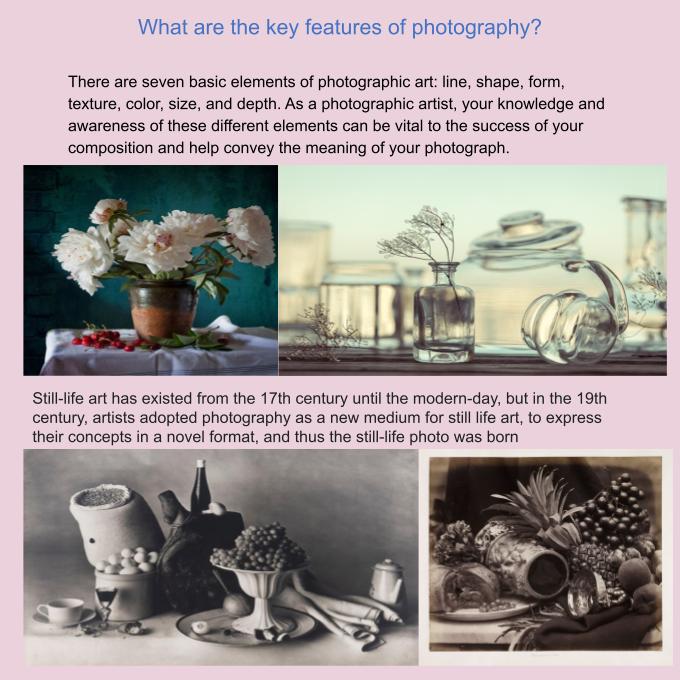
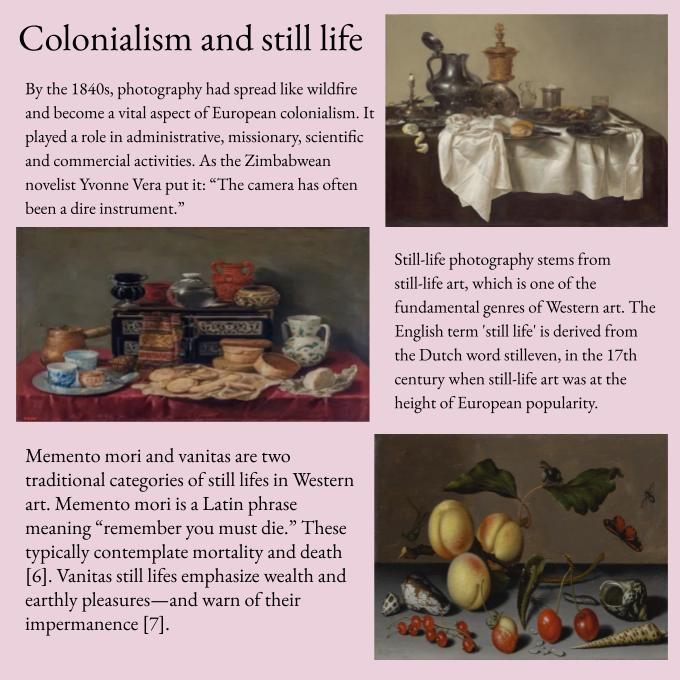
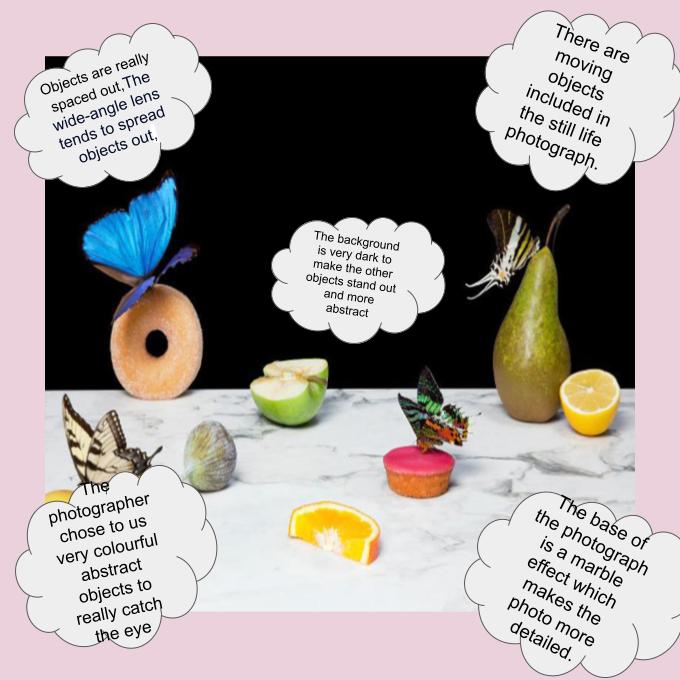


Flower basket- Jan van den Hecke
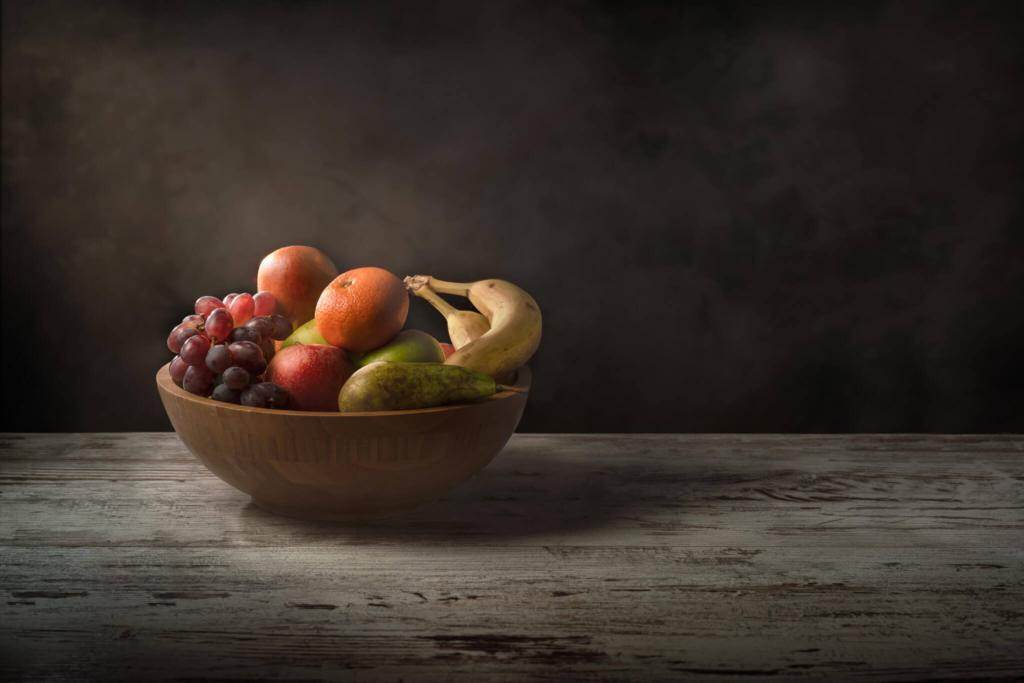
Nick Church Photography

Pieter Claesz, Still Life with a Skull and a Writing Quill

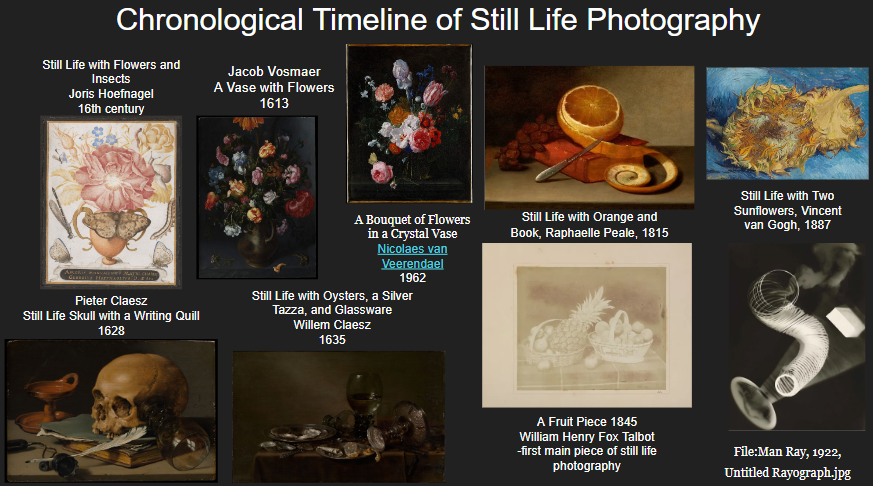
Still-Life Painting in Northern Europe, 1600–1800

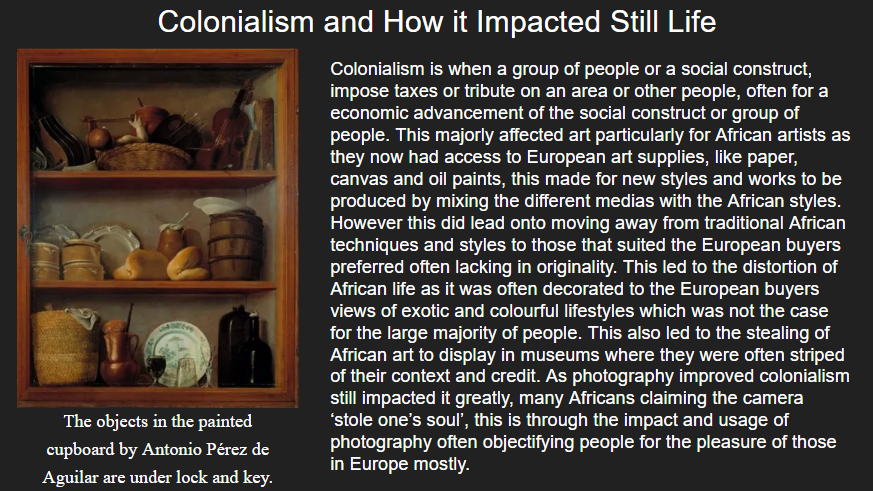

Still Life Metaphors and Meanings
